Biographies of International Astronauts
![]()
NicollierClaudeSwitzerland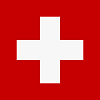 |
 |
more photos |
![]()
Personal data
| Birthdate: | 02.09.1944 |
| Birthplace: | Vevey |
| Marital status: | widowed |
| Children: | two |
| Selection date: | 18.05.1978 |
| Selection group: | ESA-1 / EAC |
| Position: | MSP / PSP |
| Status: | Ret. ??.03.2007 |
Spaceflights
| No. | Mission | Position | Time | Duration |
| 1 | STS-46 Atlantis | MS | 31.07. - 08.08.1992 | 7d 23h 15m |
| 2 | STS-61 Endeavour | MS | 02.12. - 13.12.1993 | 10d 19h 58m |
| 3 | STS-75 Columbia | MS | 22.02. - 09.03.1996 | 15d 17h 40m |
| 4 | STS-103 Discovery | MS | 20.12. - 28.12.1999 | 7d 23h 10m |
| 5 | ||||
| 6 | ||||
| 7 | ||||
| Total | 42d 12h 03m | |||
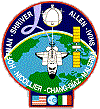 |
 |
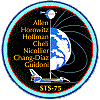 |
 |
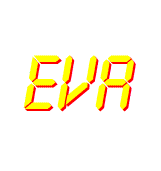 |
Additional information
|
He graduated from the University of Lausanne
in 1970 with a Bachelor of Science in physics and the University of Geneva in
1975 with a Master of Science in astrophysics. He also qualified as a Swiss Air
Force pilot in 1966, as an airline pilot in 1974 (flying DC-9s for Swissair
from 1974 to 1976), and became a test pilot in 1988 at the Empire Test
Pilots’ School, Boscombe Down, UK. Claude Nicollier was a member of the first group of ESA astronauts selected in 1978. He joined Group 9 of NASA astronauts in 1980 for Space Shuttle training at the Johnson Space Center, Houston, Texas, where he was stationed until September 2005. His technical assignments in Houston included Space Shuttle flight software verification in the Shuttle Avionics Integration Laboratory, development of Tethered Satellite System retrieval techniques, and Remote Manipulator System and International Space Station robotics support. From 1996 to 1998, he was Head of the Astronaut Office Robotics Branch. From 2000 on, he was a member of the Astronaut Office Extravehicular Activity Branch, while maintaining a position as Lead ESA astronaut in Houston. During his assignment in Houston, he also maintained an active duty status within the Swiss Air Force with a rank as Captain, flying Hawker Hunter, Northrop F-5E Tiger and Pilatus PC-9 aircraft until the end of 2004. He has logged more than 6400 flight hours, 4000 of which are in jet aircraft. He still flies Hawker Hunters, as civilian aircraft, during airshows. Until his retirement from ESA he was assigned to the EVA Branch in the NASA Astronaut Office in Houston; Claude Nicollier retired from ESA in 2007, and is currently professor at the Swiss Federal Institute of Technology in Lausanne (Ecole Polytechnique Fédérale de Lausanne), where he teaches a course on Space Mission Design and Operations, and provides assistance to students on space-related projects. He is also involved in the Solar Impulse solar-powered aircraft as Head of Flight Test and Head of the Safety Review Board. This project aims to fly around the world in several steps on solar power only, with one pilot. The design and construction of the final aircraft started in 2011. He was selected as an ESA candidate payload specialist for Spacelab-1. In 1983 it was the intention and wish of West Germany and ESA that on the Spacelab-D1 mission Claude Nicollier would fly as a mission specialist together with (German) payload specialists Furrer, and Messerschmid and (Dutch) ESA payload specialist Wubbo Ockels, but after severe internal discussions NASA refused this option; was already assigned for STS-61K (EOM-1/2), but this flight was cancelled after the Challenger disaster. His hobbies include playing alphorn, snow skiing, mountain climbing, flying, photography. |
Personal patch
 |
|
| © | 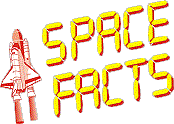 |
Last update on August 25, 2018.  |
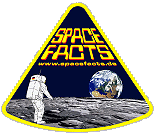 |